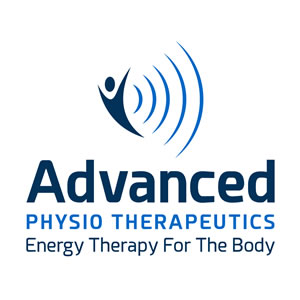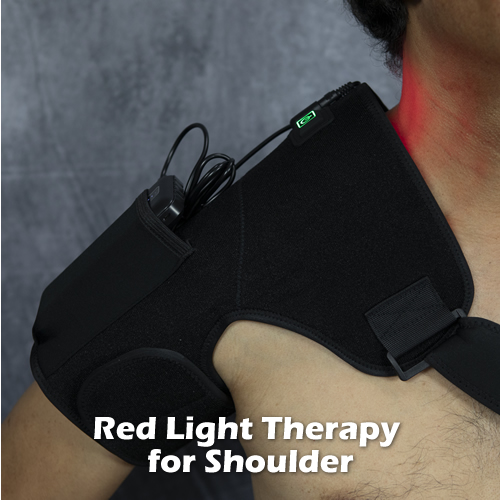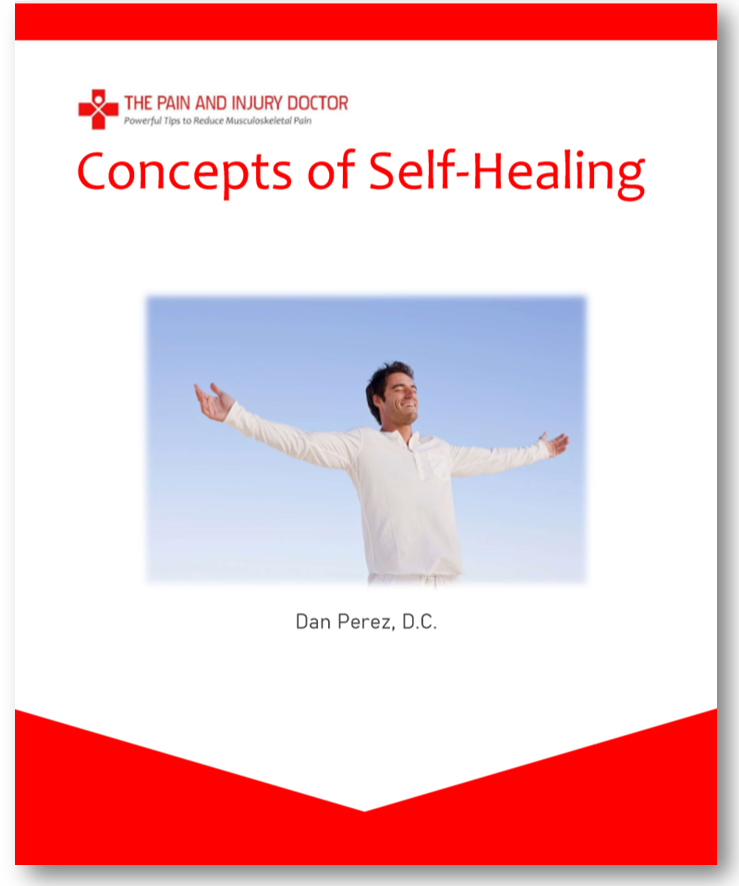Top Five Low Back Pain Relief Strategies
 When your low back hurts, you know the next couple of days aren’t going to be fun. Your low back, or lumbar spine is like the foundation of a house: it bears and balances all the weight above it, so if there are mechanical problems, the whole structure is affected. In fact, some cases of low back pain cause obvious tilting of the upper body to one side when standing, due to the structural imbalance.
When your low back hurts, you know the next couple of days aren’t going to be fun. Your low back, or lumbar spine is like the foundation of a house: it bears and balances all the weight above it, so if there are mechanical problems, the whole structure is affected. In fact, some cases of low back pain cause obvious tilting of the upper body to one side when standing, due to the structural imbalance.
There are countless studies on low back pain– how it develops; what causes the pain; who is at most risk for developing low back pain; how long it lasts and so on. For “non-specific” low back pain where there is no injury event, it is unclear which structures are generating the pain. It may be the back muscles, a vertebral ligament; a disc, nerve root, sacroiliac joint; or even referred pain from an organ. This makes treatment, especially invasive treatment (surgery, injections) challenging and often ineffective.
What is known is that if you have low back pain that continues down your buttock, and perhaps down the back of your thigh and leg all the way down to your foot, then it is very likely due to a bulging disc in your low back pressing on a nerve root. If this describes you, don’t give up hope. I’ve seen cases like this resolve with targeted exercises, spinal adjustments and time. But I’ve also seen cases like this turn into back surgery cases, where the surgeon goes in and removes part of the disc that is compressing the nerve, and sometimes the entire disc and fusing the adjacent vertebrae.
Non-radiating back pain can be equally bad. If the back muscles spasm, the pain can be incapacitating. I’ve seen many cases like this where the patient dropped to the floor, wincing in pain and avoided any type of movement. Aside from a cortisone injection, there is not much one can do initially for acute back spasm other than ice and rest until the muscles let go; then attempt things like chiropractic adjustments, PT, stretching and modalities like laser therapy.
Then of course, the rare causes of low back pain — cancer, tumors, bone cysts and other diseases; spinal stenosis, referred pain from kidney stones; fractures, and spondylolisthesis (slippage of vertebrae during movement). These will require diagnostic testing and proper management.
But for the vast majority of low back pain cases, there are things you can do to reduce their effects and reduce their incidence of occurrence. Here are my Top Five low back pain relief strategies:
Lose weight
(if you are overweight). This is just basic, common sense. If you are 30 pounds overweight, it’s like a normal weight person carrying a backpack full of rocks all day. Excess weight centered around the abdomen changes the center of gravity of your body. This bends your spine abnormally when you are standing, sitting, and even sleeping; setting the stage for back pain.
The best and fastest way to lose fat weight is to restrict carbohydrates in your diet, practice intermittent fasting, and exercise 30-60 minutes at least 3x/day. If you have to cut one of these out; I’d say the exercise. Caloric restriction burns fat cells on a much larger scale than exercising does. The reason is that simply by being alive, your body, depending on your mass, burns 1500-3500 calories per day. If you consume less than what you burn, you will lose fat weight. So, try eliminating bread, pasta, bagged and boxed snacks, sugar and fruit juice from your diet. Drink only water. Eat between the hours of 9 am and 4 pm, or 12 pm and 6 pm only. This gives you an 18 hour fast, where your body will start burning its fat stores.
Stand more
When you sit, the natural inclination is to round your lower back. You may try to force yourself to sit erect for a few minutes, but after a while, your low back muscles fatigue and allow your lumbar spine to bow out again. This posture weakens the lumbar spine’s structural integrity because it separates the facet joints (see middle image below), which makes the lumbar spine less sturdy (“unlocks” it). The angle of the vertebral bodies also apply a backwards force to the disc that can encourage posterior disc bulging or herniation.

The bad health effects of prolonged sitting goes way beyond back pain. The amount of time a person sits during the day is associated with a higher risk of heart disease, diabetes, cancer, and death, regardless of regular exercise, according to a review study published in the Annals of Internal Medicine. This is significant, because computers are firmly integrated into the fabric of life– just about every business from farmers to tech giants rely on computers, and as for now, they are mostly used at a desk. Low back pain cases can only go up if more and more people spend their work hours sitting behind a desk.
A low tech solution to this is to use a standing desk, like the height-adjustable Vari Desk. The Vari Desk is actually a large monitor stand that sits on a standard desk and can easily switch from normal height to standing height. This way, you can gradually increase your standing hours, allowing you to build up your tolerance to working while standing. For example, for the first week you can try standing 30 minutes every two hours; then work up to standing 30 minutes every hour, then up to three hours straight. Standing activates the erector spinae spinal muscles (which are inactive when sitting, leading to weakness and atrophy); but best of all standing naturally causes you to form the stronger lordotic curve in your low back. The lordotic curve is the opposite of bowing and is the “strength” position of the lumbar spine as the facet joints in the back interlock, offering stability and protection to the discs.

Do functional exercises
While your back is not hurting, why not strengthen it to keep it that way? This will decrease the incidence (occurrences) of low back pain. Functional exercises include squats, medicine ball exercises, planks, kettle bell swings and “bootcamp” style exercises that focus on strengthening the muscle orchestration of all the muscles in the body at the same time, rather than one type of muscles (for example, biceps curls is not a functional exercise).
Do Back extensions
For most people with back pain, back extensions are helpful. Again, this arcs the low back in the lordotic curve, which can press the disc material back to center. You can do them standing, or prone (yoga cobra position). Do about 10 extension exercises twice a day.
Spinal Adjustments
If you have a history of back pain and/or stiffness; trauma to your body such as prior car accidents or previous involvement in gymnastics, football or basketball; and/or a history of prolonged sitting you are a good candidate for periodic spinal adjustments, or spinal manipulation. Spinal manipulation, the practice of moving segments of the spine using manual (by hand) techniques, can reduce the symptoms of lower back pain. Chiropractors provide most spinal manipulation in the U.S. Some physical therapists and osteopaths do it as well.
Chiropractic adjustments are quick, low amplitude-high velocity manipulations to the spine, which differs from “long lever” movements (joint mobilization, passive stretching). They are done to impart better movement and also to “fire” nerves involved in pain and spinal muscle contraction. This can reduce pain and muscle spasm and restore proper movement to a joint segment. When a lumbar joint segment moves better, it improves hydration to the discs and ligaments. When it is properly aligned, it won’t wear out as fast.
Consistency in approach varies greatly from chiropractor to chiropractor as there are more than one ways to manipulate the spine, and different target goals (pain relief vs. attempting to change curves of the spine, etc.). Then there are “holistic” chiropractors who promote spinal adjustments for general health maintenance. I recommend that you find an experienced chiropractor with a good, local reputation who focuses on short term care to relieve pain and can advise you on home care exercises after your pain has subsided.
Below is a video I made that explains the logic behind lumbar spinal adjustments for low back pain:
Integrate these five practices, and I believe that low back pain will not be a factor in your life for a long time to come.




 If you have pain or aches in your joints, tendons or muscles that varies in intensity but never seems to go away, you might be experiencing oxidative stress to these areas. Oxidative stress is the cumulative effects of oxidation, a chemical reaction where electrons are stripped off tissues by reactive oxygen species (ROS). ROS or free radicals are atoms or group of atoms that have one or more unpaired electrons. When an atom or molecule has an unpaired electron, it is unstable, and since nature likes stability the radical will seek out electrons elsewhere to “balance” itself. Free radicals are highly reactive to molecules they come in contact with and are therefore dangerous to them. They can destroy them or change their shape and therefore function by altering their molecular structure.
If you have pain or aches in your joints, tendons or muscles that varies in intensity but never seems to go away, you might be experiencing oxidative stress to these areas. Oxidative stress is the cumulative effects of oxidation, a chemical reaction where electrons are stripped off tissues by reactive oxygen species (ROS). ROS or free radicals are atoms or group of atoms that have one or more unpaired electrons. When an atom or molecule has an unpaired electron, it is unstable, and since nature likes stability the radical will seek out electrons elsewhere to “balance” itself. Free radicals are highly reactive to molecules they come in contact with and are therefore dangerous to them. They can destroy them or change their shape and therefore function by altering their molecular structure.
 The color of red has a psychological connection to stopping– stop signs, stop lights, red warning signs and so on. And, it turns out that visible light in the red bandwidth may stop pain to some degree.
The color of red has a psychological connection to stopping– stop signs, stop lights, red warning signs and so on. And, it turns out that visible light in the red bandwidth may stop pain to some degree.








